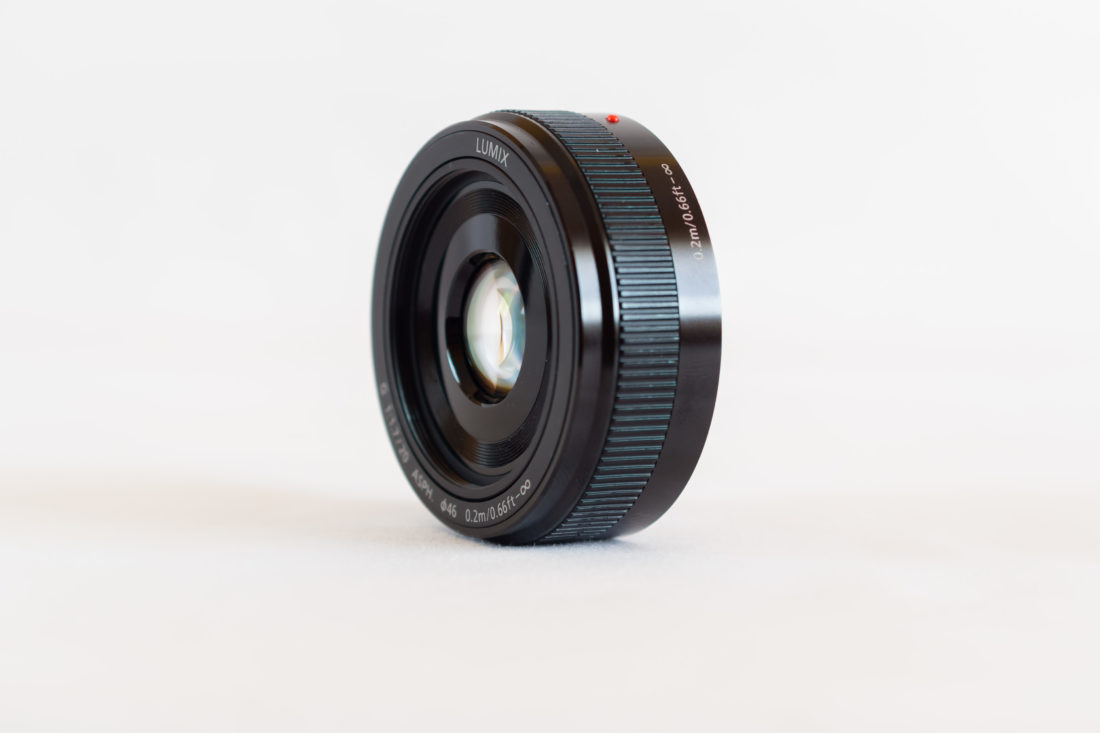
5 Tips for Improving Product Photos & Video on Your Ecommerce Site
In product-focused small businesses, photography plays a vital role in both sales and marketing. The products or services that a site posts to its site must not only be visually appealing, but also relatable.
Basic photographic techniques can ensure that an otherwise worthy product isn’t overlooked. Furthermore, capturing the details of a product, like food or fabric, for example, can mean the difference for a sale.
In terms of marketing, photos and videos can enhance user experience and set the tone for a business. They communicate consistency and professionalism, if coordinated effectively. To that end, we’ve collected five tips to ensure your ecommerce photos and videos perform fantastically.
1. Make Photos/Graphics Professional

Whether you operate an ecommerce plugin from your own site or use a hosted ecommerce platform like Etsy or Amazon, it’s important to recognize the power of the visual. For instance, check out Etsy’s homepage; their “handpicked items” nearly always appear polished and professional. They’re not going to feature sloppy or amateur-looking photography on their homepage — and neither should you.
In order to take professional photos, you don’t necessarily need to hire a pricey photographer. Depending on the size and nature of your product, consider investing in a light box. If you can’t spare the cash, try a DIY solution. Especially if you don’t own a high-performance DSLR, a light box will help soften shadows and distribute light evenly for minimal photo editing.
2. Editing for Consistency
Even with the best light box and gear, some basic photo editing may help communicate the true colors and textures of a product. In Photoshop or other editing software, compare the image on the computer screen to the item itself. For instance, women want to feel confident that the nail polish on a screen will match its color in real life. Addressing such discrepancies will prevent product returns and customer dissatisfaction. Try following a Photoshop color effects tutorial for guidance.
3. Scaling for Accuracy
Scaling in photography is relatively simple, depending on the product. Jewelry and clothes should be photographed on the body or a dress form, for instance. Photographs of clothes lying flat or 2-D will leave people guessing about the fit. Customers are very sensitive to gadget size as well, so include an image of a model holding a mobile device, or better, a demo, à la Apple (seen above).
4. Details
Usually, I would say the more details the better. For businesses with digital products or services, however, things like programming, capacity and usability can be difficult to photograph — and screenshots only go so far. That’s where demos like the iPhone video above really shine. If you market a game, show someone playing it. If you sell an app, film someone using it.
In addition to posting photos that frame products in their entirety, include additional pictures that zoom in on a product’s wood grain, its steaming bacon or its silky texture. Detailed photographs can literally make a consumer’s mouth water. Take food bloggers, the likes of whom have recently made headlines for their photographs just as often as their recipes. For inspiration, scroll through sites like What Katie Ate, which won Saveur’s Best Food Photography award this year.
5. Make It Personal

Especially for small businesses, creating a dialogue with customers can humanize and localize a brand. Main Street marketing tugs at consumer heartstrings quite effectively. Even if you provide a global product or service, include a section that profiles the people behind your business. If appropriate, picture them in a relatable environment or activity.
For example, Mast Brothers Chocolate sells to hundreds of wholesalers, but the company strives to maintain a local sensibility. Their homepage presents a friendly, casual image of the chocolate family, and further down, a video interviewing the Mast owners. The clip was edited to include bloopers and good-natured goofs during filming. A humanizing approach like theirs might be the right move for your business as well — the trend is certainly making waves in the business community.
Business-to-consumer ecommerce relies on ample amounts of information to communicate product and service details. Photography and video are strategic tools that will not only help make a sale, they’ll improve the overall professionalism and functionality of an online business.



